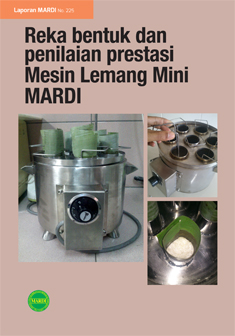H. Z. Jaafar, C. R. Black, J. G. Atherton and J. A. Roberts
Abstract
The application of the ethylene-releasing compound 2-chloroethylphosphonic acid (CEPA) to flower buds increased ethylene evolution from the buds and mimicked the effects of water stress by increasing abscission. This observation strongly suggests that ethylene mediates the impact of water stress on flower abscission. Exogenous ethylene applications also promoted bud abscission prior to anthesis. The severity of flower abscission following CEPA application was dependent upon the concentration applied. At 100 mg/L CEPA, almost 100% abscission occurred on day 2 after application, following a peak in ethylene evolution on day 1. Treatment with 50 mg/L CEPA induced complete abscission on day 4, following a peak in ethylene evolution on day 2 and 3 after application. Highly significant quadratic relationships were established between percentage flower abscission and ethylene evolution following the application of CEPA. Sweet pepper flowers were capable of forming abscission lines at the base of the pedicels following exposure to elevated endogenous ethylene concentrations caused either by water stress or exogenous ethylene application. Mature pepper leaves were incapable of forming abscission layer. The application of CEPA to plants simulated the effect of water stress on leaf water relations whose response depends on the severity and duration of stress applied. The gradual imposition of stress using lower CEPA application also enhanced the capacity of the leaves for osmotic adjustment.
Full Text (123 KB)



